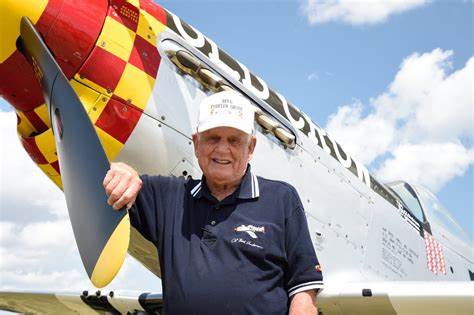
Brig. Gen. Clarence “Bud” Anderson, renowned as America’s last World War II “triple ace,” passed away in his sleep on May 17, 2024, at his residence in Auburn, California.

A venerated figure in military aviation, Anderson was 102 years old and had led a storied career that spanned three decades of continuous military service.
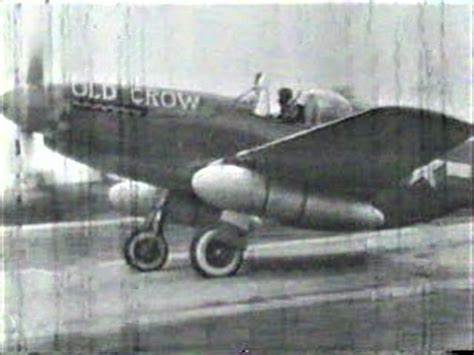
Born on January 13, 1922, in Oakland, California, Anderson’s journey in military aviation began shortly after the attack on Pearl Harbor.
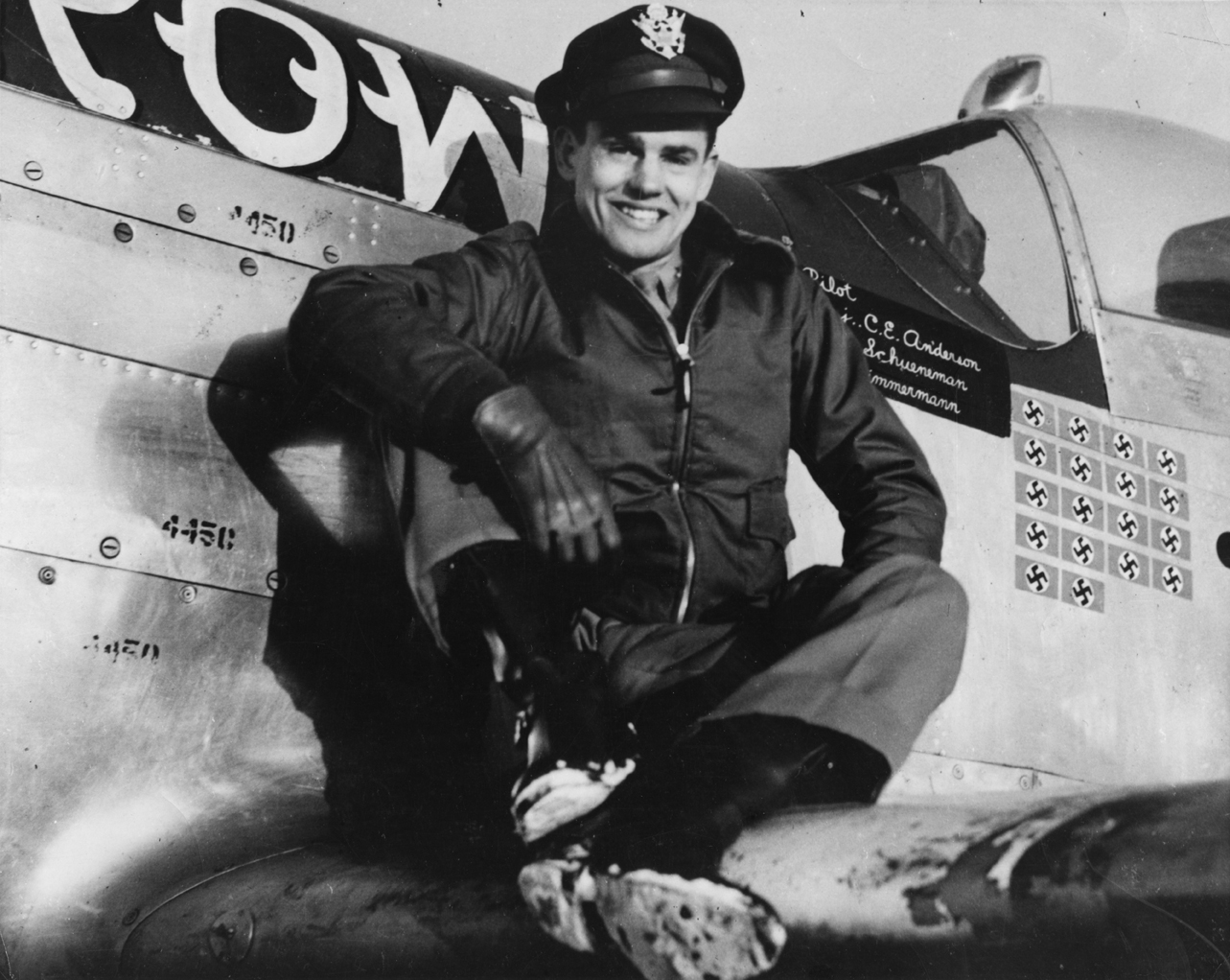
Joining the U.S. Army Air Forces as an aviation cadet, he earned his wings in late 1942 and was thrust into the crucible of war with the 357th Fighter Group, the first unit in the U.S. Eighth Air Force to enter combat with the iconic North American P-51 Mustang.
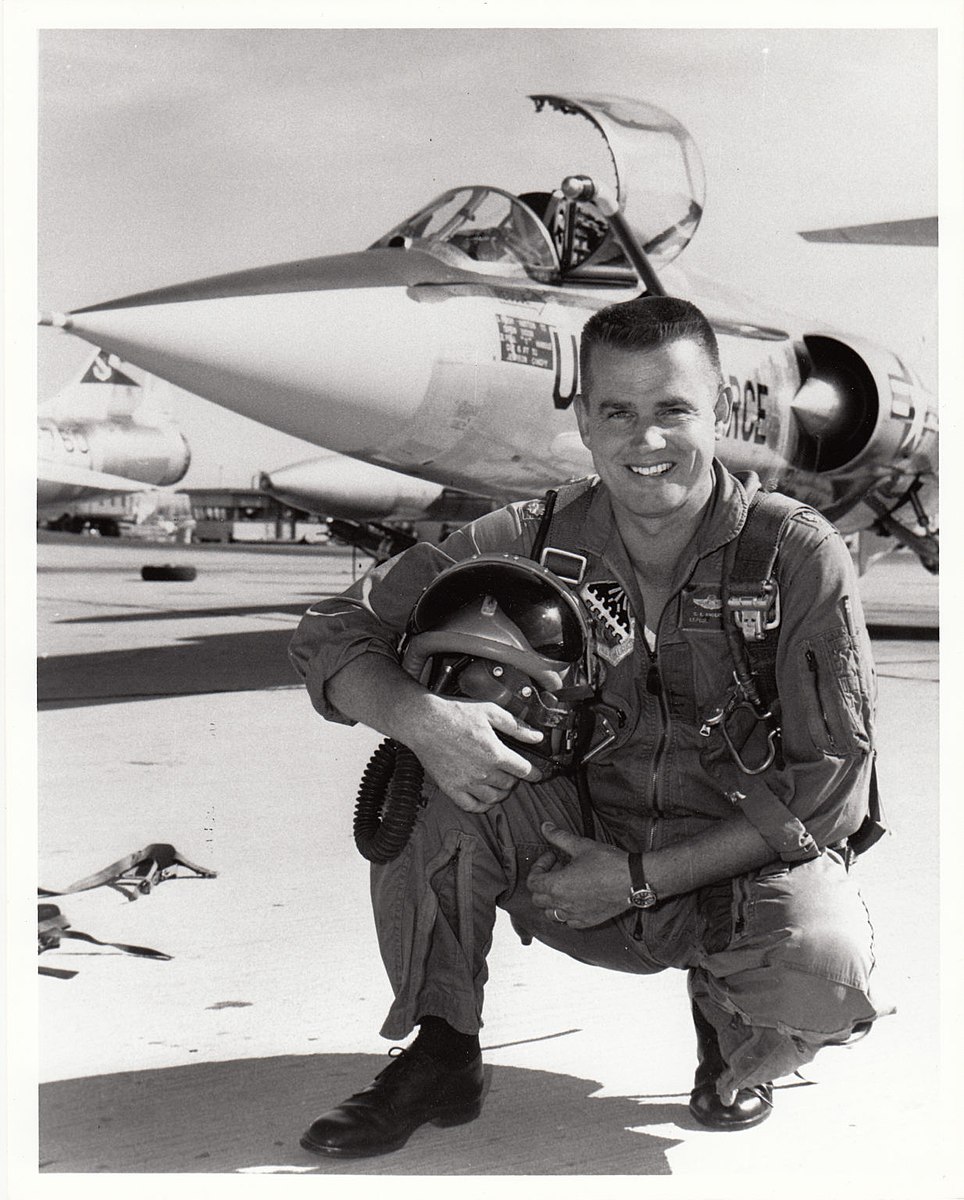
Throughout the war, the Mustang was credited with downing nearly 600 enemy planes, including a record 17 of Nazi Germany’s Messerschmitt Me-262 jets, and destroying more than 100 aircraft on the ground. It also produced a record 42 aces, among them Anderson, who ended the war with 16.25 victories to his credit (pilots are awarded a fraction of a “kill” if multiple airmen contributed to downing a plane).

Anderson’s skill in dogfighting earned him the title of “triple ace,” a military designation for the rare pilot who has downed at least 15 aircraft in combat.
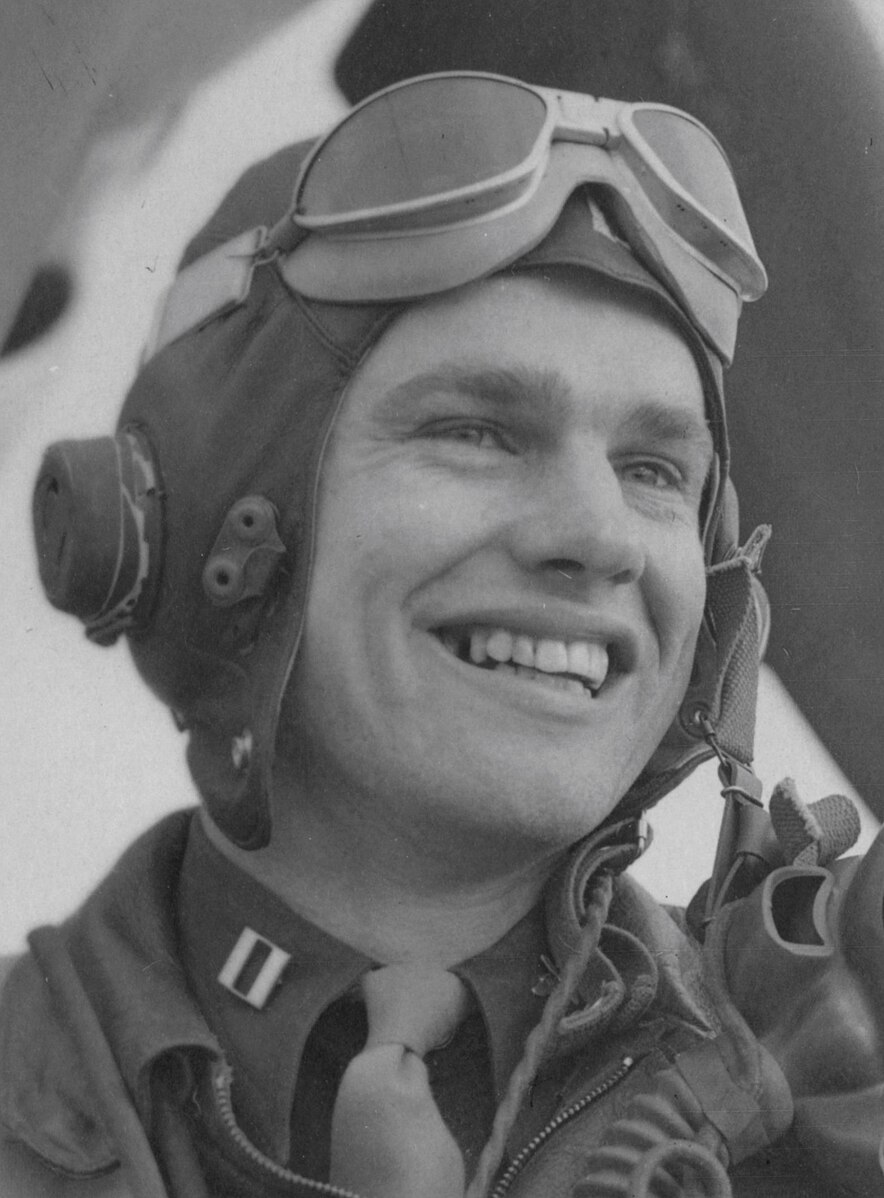
Other notable pilots who achieved this status include Brig. Gen. Robin Olds, with 17 aircraft shot down during World War II and the Vietnam War; Capt. Joe Foss, who destroyed 26 aircraft in WWII; and Maj. Richard Bong, who totaled 40 aircraft kills in WWII.
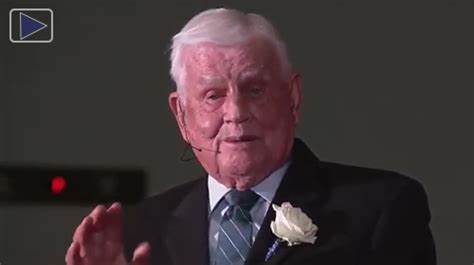
After the war, Anderson helped guide the U.S. military into the jet age, serving as a test pilot at Wright-Patterson Air Force Base in Ohio and as a top test official at the Air Force Flight Test Center at Edwards AFB in California.

According to Anderson’s website, “He flew many models of the early jet fighters and was involved in two very unusual flight test programs. He made the first flights on a bizarre experimental program to couple jet fighters to the wingtips of a large bomber aircraft for range extension. Later he also conducted the initial development flights on the F-84 Parasite fighter modified to be launched and retrieved from the very large B-36 bomber.”
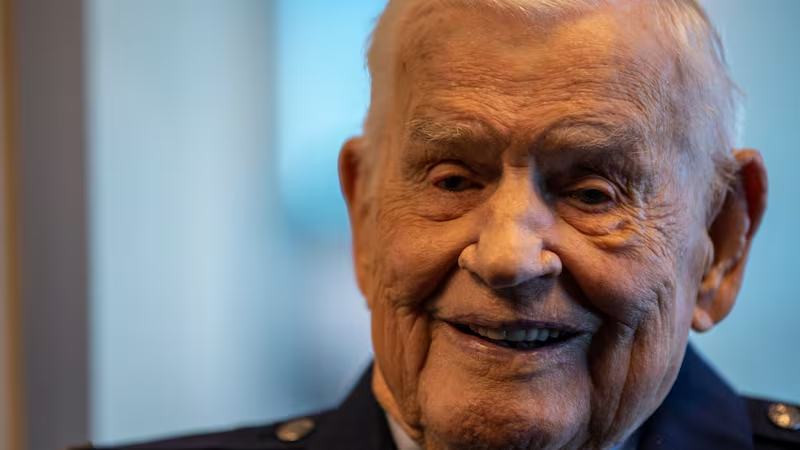
Later, Anderson commanded an F-86 squadron during the Korean War, oversaw an F-105 wing in Japan, and flew Republic F-105D fighter-bombers over Vietnam as commander of the 355th Tactical Fighter Wing. Over his 30-year military career, Anderson flew more than 130 different types of aircraft and logged over 7,500 flying hours.
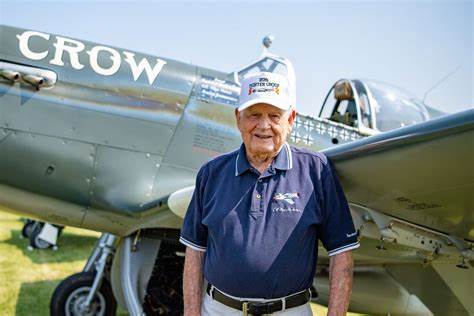
By the time he retired in 1972 as a colonel, he had earned five Distinguished Flying Crosses, 16 Air Medals, two Legions of Merit, a Bronze Star, and a Commendation Medal. In 2022, the Air Force honored him with a promotion to the honorary rank of brigadier general.
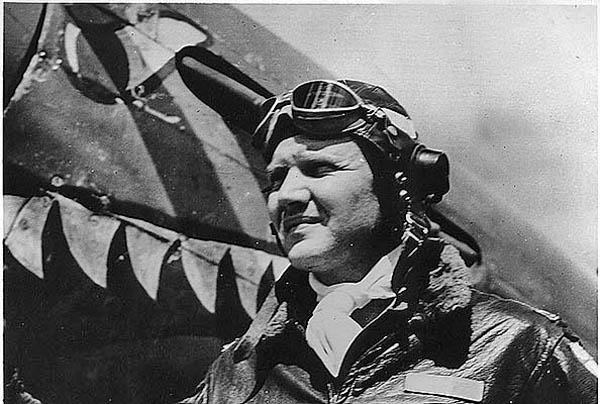
Anderson married Eleanor Cosby in 1945, and they raised two children. Eleanor passed away in 2015. “We were blessed to have him as our father,” his children, Jim Anderson and Kitty Burlington, stated on the pilot’s website.
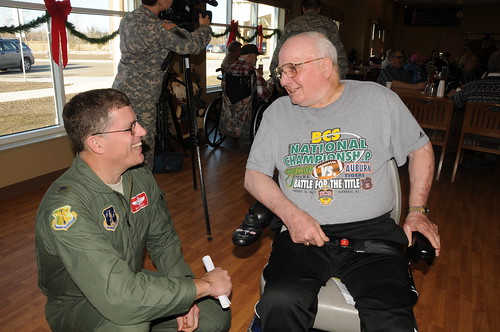
“Dad lived an amazing life and was loved by many.” Anderson flew his first combat sortie on February 5, 1944, and was content that he had not “screwed up,” gaining invaluable experience and confidence. He reflected on his breakthrough first aerial victory in a 2022 interview with Military Times.

While assigned to the 357th Fighter Group, Anderson developed a lifelong friendship with Capt. Charles “Chuck” Yeager, the pioneering test pilot who became the first person to break the sound barrier. In January 1945, Anderson and Yeager embarked on a “sightseeing tour” over the Alps for their last mission.

As they were dropping auxiliary fuel tanks on Mont Blanc and trying to set them on fire for fun, their wingmen were engaged in more serious combat. “When I learned that while we were joyriding over the Alps, the rest of the 357th had scored a one-day record of 56.5 shootdowns,” Anderson recalled, “I got sick!” By that time, Anderson was certain about the plane he flew: “The P-51 was a great airplane,” he said. “I think it saved the world.”
Relevant articles:
– Bud Anderson, America’s last World War II ‘triple ace,’ dies at 102, Air Force Times
– Bud Anderson, WWII Triple Ace and Air Force Test Pilot, Dies at 102, Air & Space Forces Magazine
– Clarence ‘Bud’ Anderson, Last World War II Triple Ace, Dies at 102, Military.com
– Bud Anderson, WWII Triple Ace and Air Force Test Pilot, Dies at 102, Air & Space Forces Magazine
